When I think about Bavaria, each season brings its own charm and reason to visit.
Autumn? That’s when Munich buzzes with Oktoberfest energy—beer tents, laughter, and that crisp, golden air.
Honestly, the perfect season for Bavaria just depends on what you’re after—Oktoberfest celebrations in the fall, snowy Alps in winter, colorful spring hikes, or lazy summer days at the lakes. Each one’s got its own vibe.
I love wandering through green fields in spring.
The countryside stays quiet, flowers start blooming, and there’s a sense of something new.
When summer rolls around, those mountain lakes really call out—clear water, cool breezes, and the best way to relax after a hike.
Every season feels like a new side of Bavaria, honestly.
Choosing the right time to visit? It can totally change your whole trip.
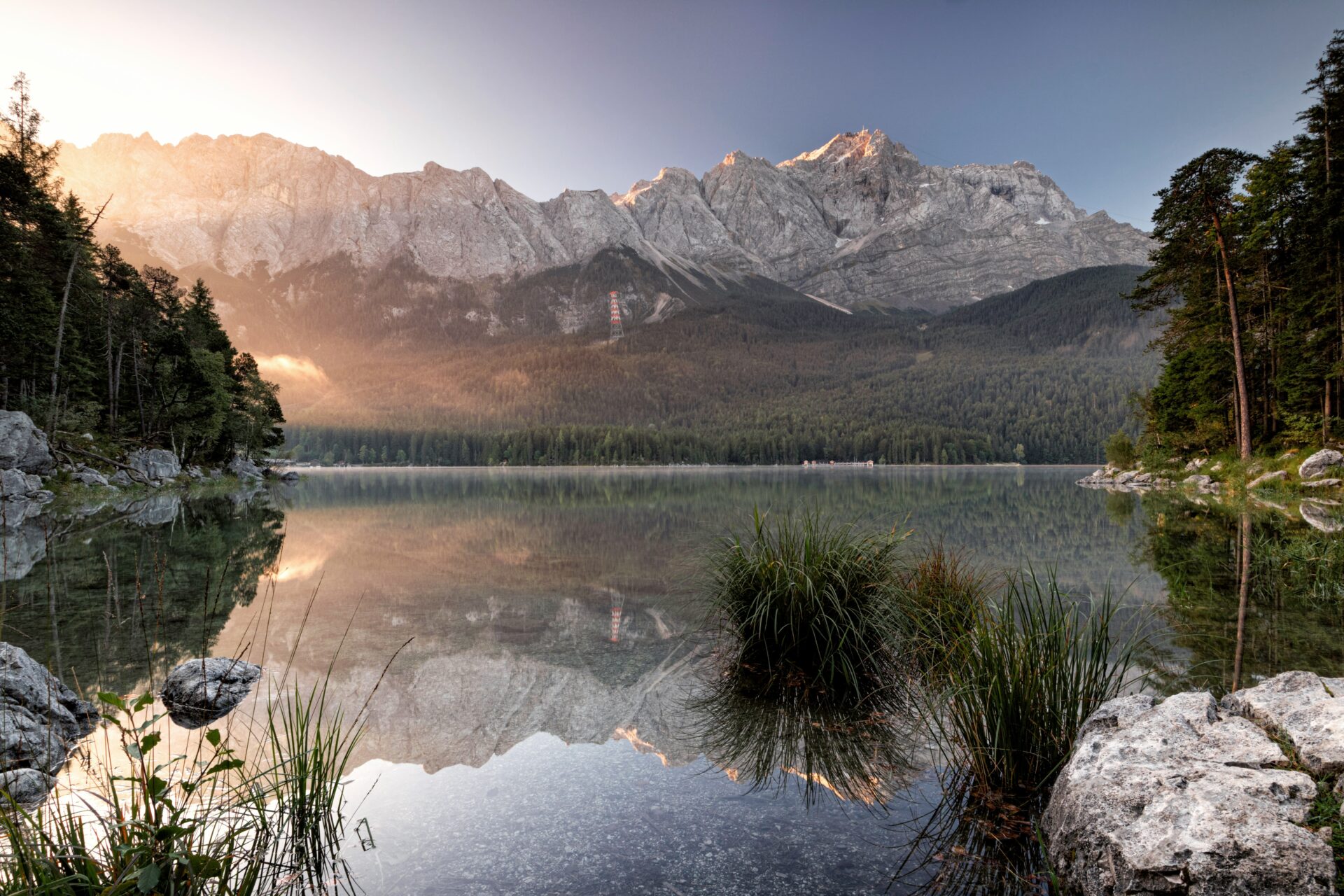
Experience Bavaria in Autumn: The Heart of Oktoberfest
Autumn in Bavaria means cool air, golden leaves, and the world’s biggest folk festival.
I always look forward to the sights, sounds, and tastes of Bavarian tradition at Munich’s Theresienwiese grounds.
Oktoberfest Traditions and Highlights
Oktoberfest isn’t just a beer fest; it’s a huge cultural event with deep Bavarian roots.
Every year, Munich fills with parades of people in dirndls and lederhosen—that classic tracht always makes me feel like I’m in an old Bavarian storybook.
The fun kicks off with the opening weekend parade and the first beer keg tapped in the historic Schottenhamel tent.
The fairground, called the Wiesn, bursts with colorful rides, classic folk music, and family-friendly attractions.
Each of the 17 big beer tents—like Marstall, Löwenbräu, and Paulaner Festzelt—has its own atmosphere.
If I want a taste of old times, I pop by the Oide Wiesn for vintage rides, traditional music, and a slower pace.
Between the clinking of Maß (those massive beer steins) and laughter from packed wooden tables, Oktoberfest just hits all the senses.
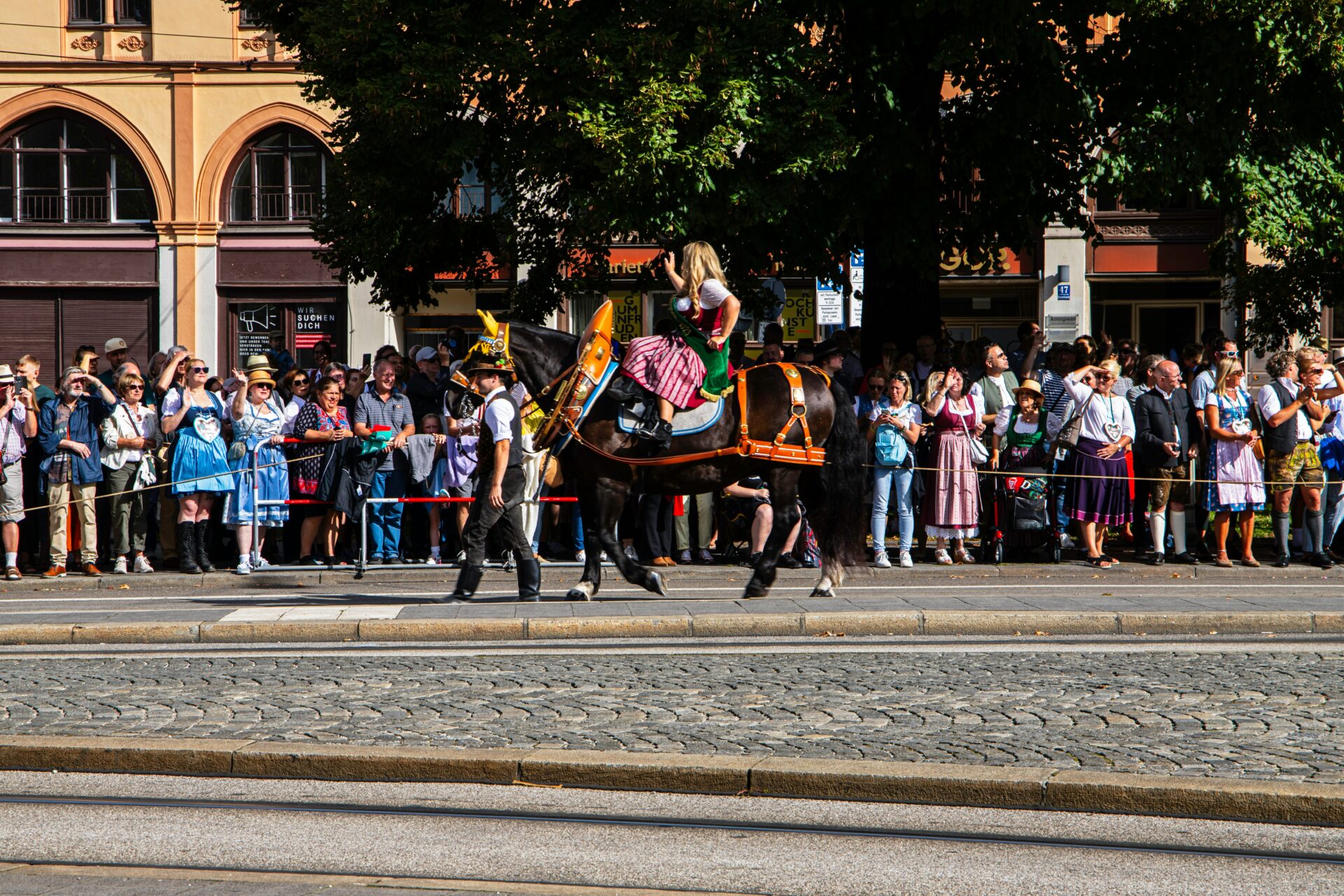
Planning Your Visit: Oktoberfest Dates, Opening Hours, and Tickets
For 2025, Oktoberfest runs from September 20 to October 5.
The festival takes over Theresienwiese in Munich, opening daily from 10 a.m. (9 a.m. on weekends).
Most food stalls stay open until about 11:30 p.m., and the best music always seems to pick up in the early evenings.
You won’t pay to enter the grounds or most tents, but grabbing a seat can be tough without a table reservation—especially on Saturdays or during opening weekend.
I’ve noticed weekdays are much calmer and it’s easier to find a spot for walk-ins.
Reservation Tips Table
| When to Reserve | How | Cost |
|---|---|---|
| 6+ Months in Advance | Direct with Tents | Varies by package |
| Walk-In on Weekdays | Arrive Early | Free if available |
Some tents offer online booking, but those big tent spots go fast.
I always bring cash for food stands and extra for rides, since not every vendor takes cards.
ATMs are scattered around the festival, but lines can get long.
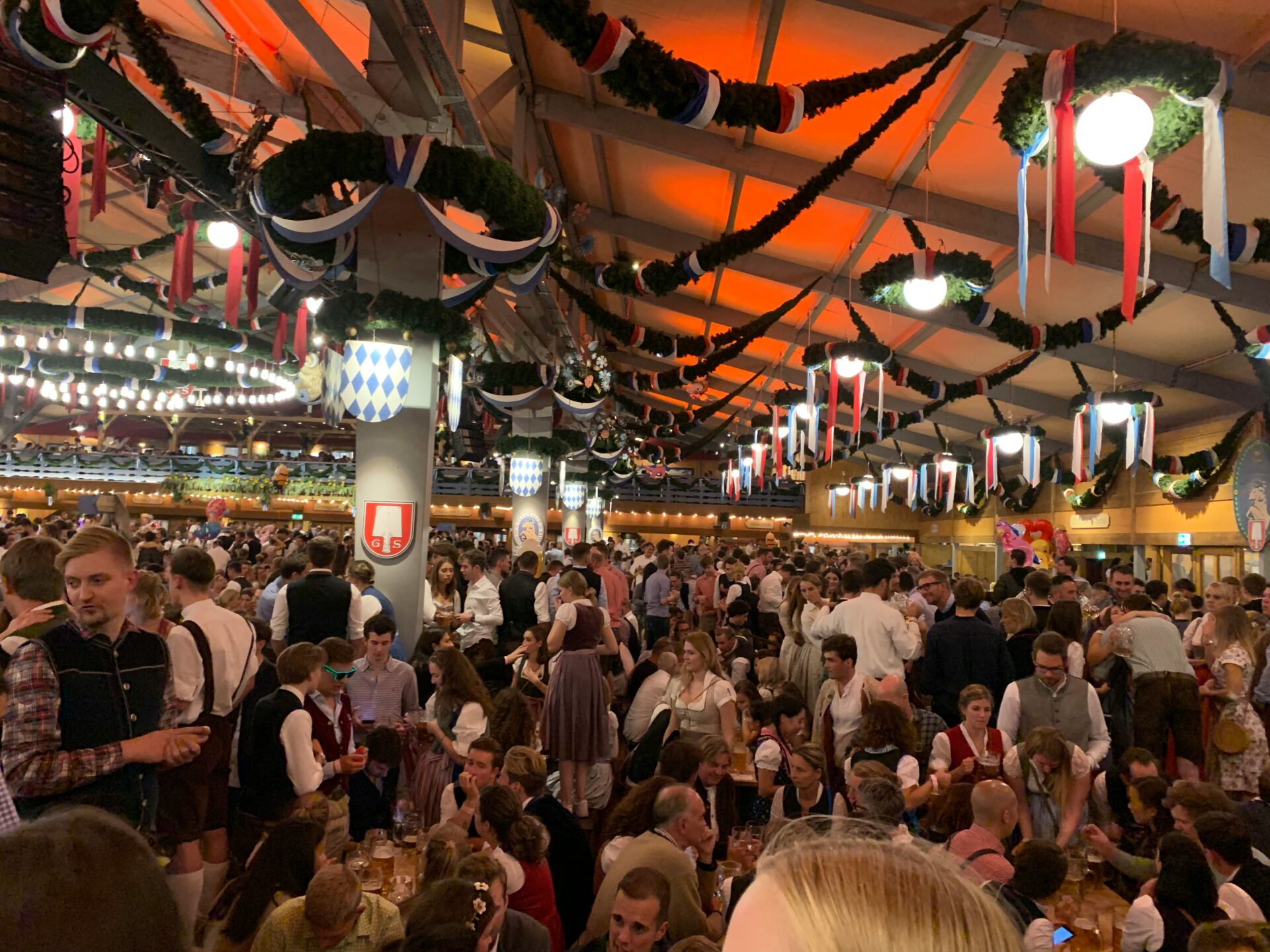
Where to Stay for Oktoberfest: Accommodation and Travel Tips
Finding a place to stay in Munich during Oktoberfest takes some planning.
Hotels and hostels near Theresienwiese fill up months ahead.
I usually stick with public transport—the S-Bahn and U-Bahn—and stay a bit outside the city center where it’s cheaper.
Accommodation Options:
- Hotels near Munich Hauptbahnhof for easy train access
- Hostels for budget travel, though they get crowded
- Short-term rentals if you want more space and flexibility
- Campsites if you’re saving money and don’t mind chilly autumn nights
Parking near Oktoberfest? Pretty much impossible and seriously expensive—so I always recommend trains and trams.
Special late-night services run during the festival, so getting back after a long night is easy.
For families, weekday afternoons are way quieter and less hectic.
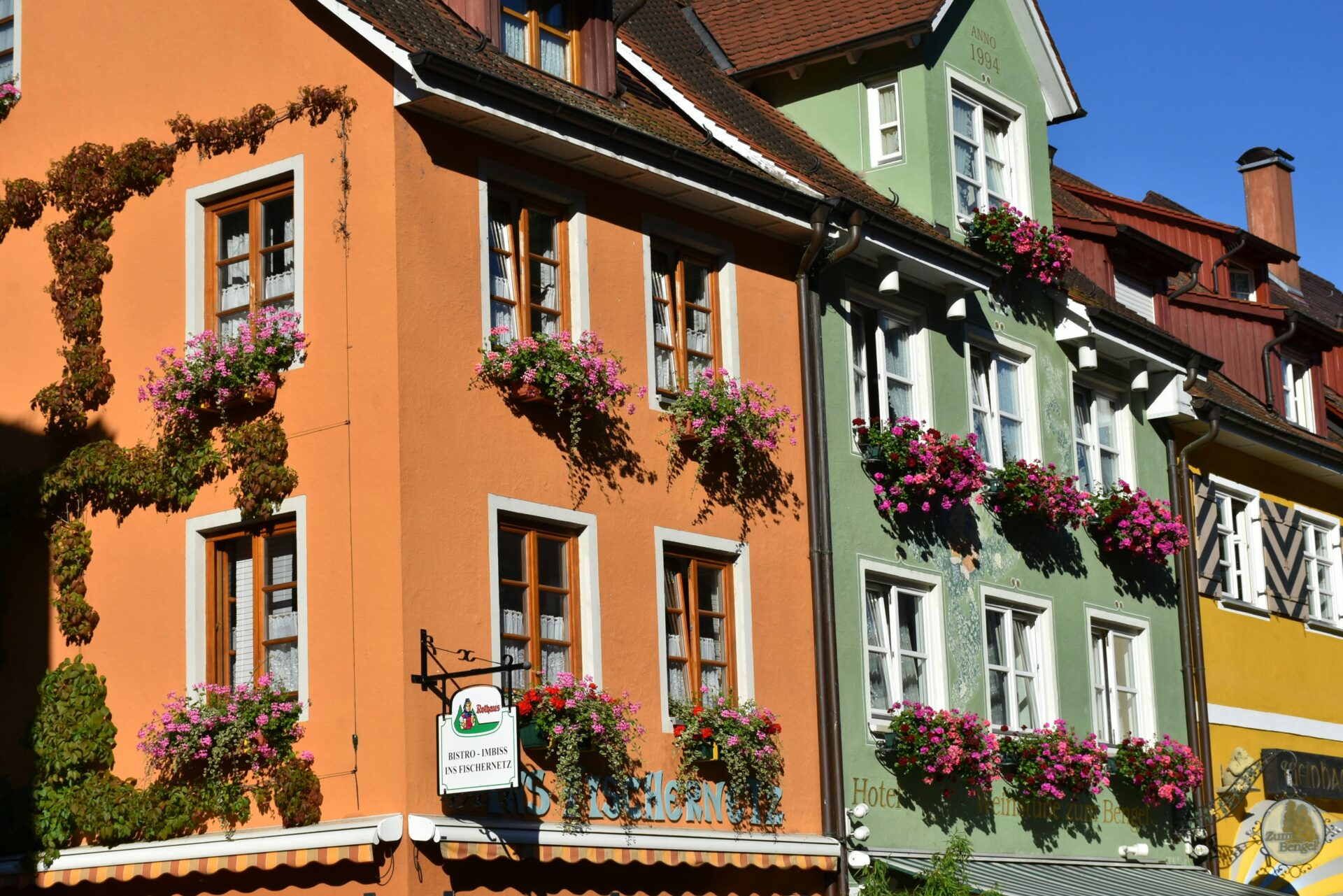
Tasting Bavaria: Food, Beer, and Bavarian Cuisine
The best part of the festival is the food and, of course, the legendary beer.
Only six official Munich breweries serve at Oktoberfest, each pouring a special, strong Oktoberfest beer in those giant Maß mugs.
I’m a big fan of the crisp Helles lagers and malty Märzen.
Food at the Wiesn? Unbeatable.
I always go for giant pretzels, sizzling bratwurst, roasted chickens, and sweet treats like gingerbread cookies (Lebkuchen) and kaiserschmarrn, a fluffy shredded pancake.
Traditional snacks from the buzzing food stalls are perfect for grabbing on the go.
Folk musicians play lively tunes while waitresses weave through the crowds with armfuls of steins and plates.
Eating and drinking here isn’t just about the food—it’s about joining in, laughing with strangers, and soaking up Bavarian culture, one bite at a time.
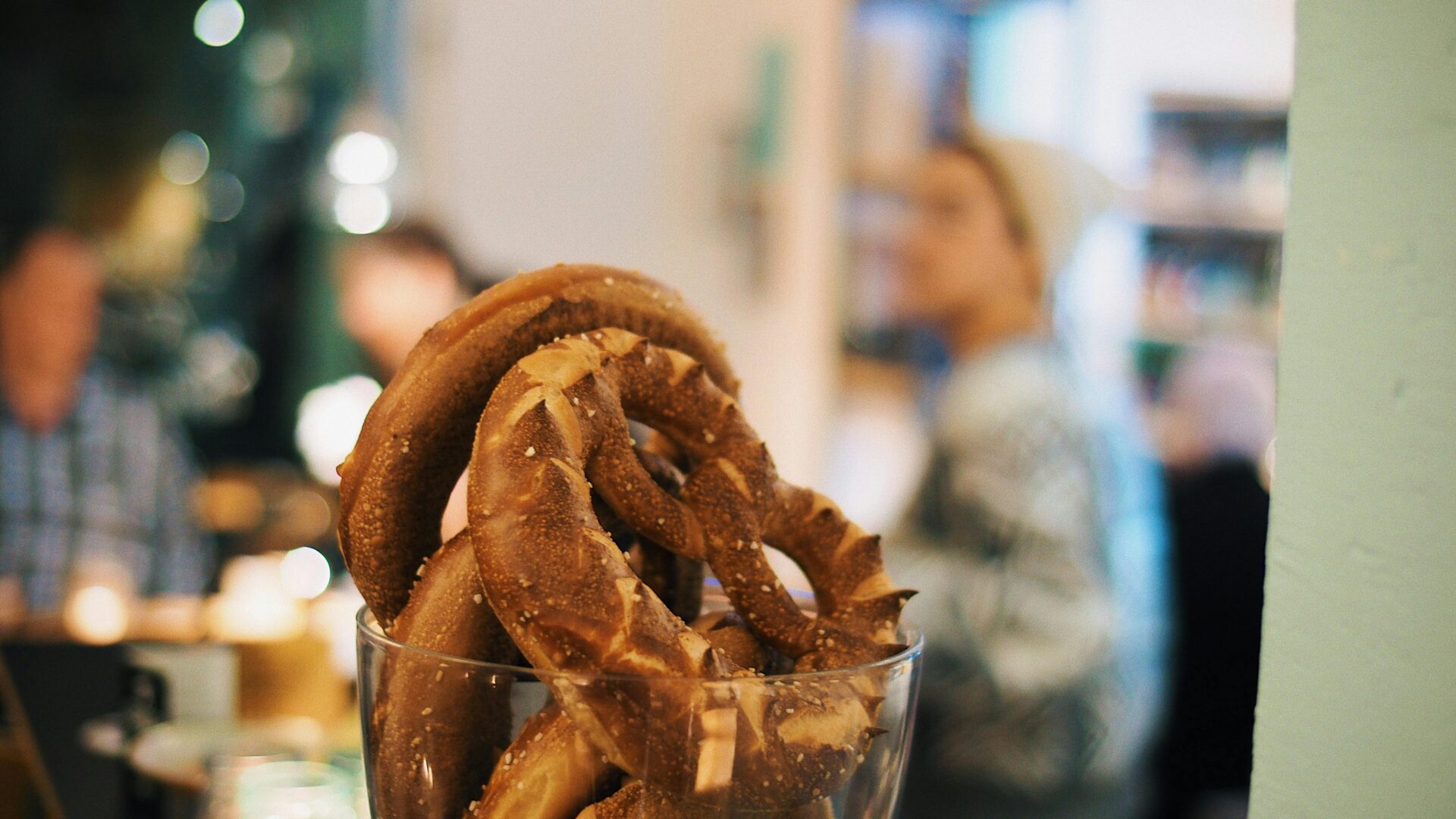
Winter Magic: Explore the Snowy Alps and Bavarian Christmas Markets
Winter in Bavaria brings a magical mix of snowy mountains and festive towns full of mulled wine and twinkling lights.
I’ve found both outdoor adventure and cozy traditions easy to find when the cold sets in.
Best Alpine Destinations for Winter Adventures
When winter arrives, I head straight for the Bavarian Alps.
Garmisch-Partenkirchen is my go-to for skiing, snowboarding, and even winter hiking.
The Zugspitze, Germany’s highest peak, offers thrilling slopes and jaw-dropping views.
Berchtesgaden has quiet trails and the magical Königssee, which sometimes freezes over.
Villages like Oberstdorf welcome travelers with cozy guesthouses and easy access to ski lifts or sledding hills.
If you’re more into relaxing than action, thermal spas in Bad Tölz or Reit im Winkl are a warm escape after a cold day.
Public transport in Bavaria is reliable, so getting to these mountain spots without a car is a breeze.
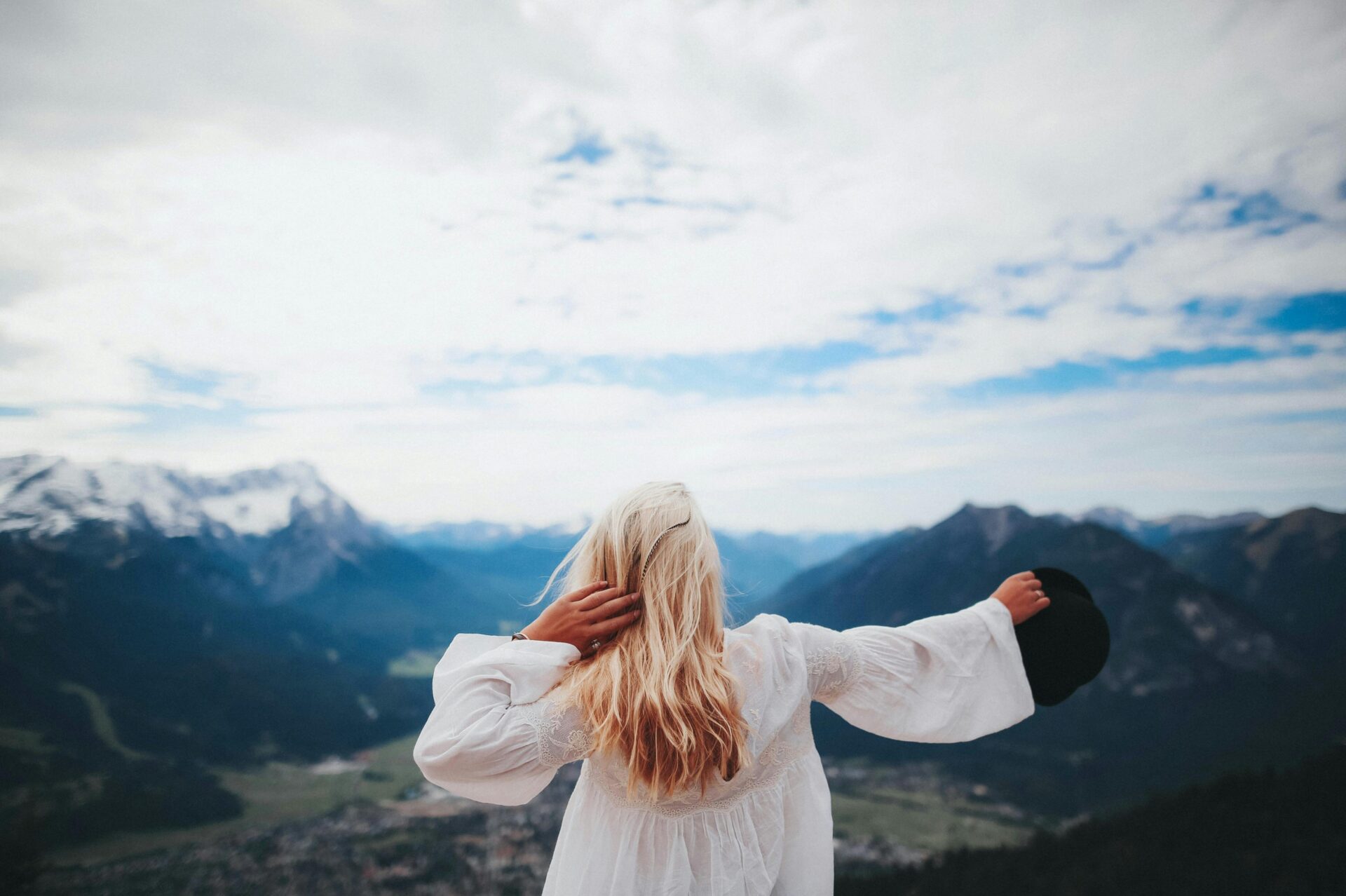
Seasonal Events: Christmas Markets and Winter Festivals
From late November to December, I always look for the old-town Christmas markets.
Munich’s Marienplatz turns into a sea of stalls with ornaments and gingerbread.
In Nuremberg, the Christkindlesmarkt is famous for handmade decorations and spicy Nürnberger sausages.
Smaller towns like Rothenburg ob der Tauber have half-timbered houses wrapped in lights.
I never skip a mug of hot Glühwein and love listening to local choirs.
Some markets, like Regensburg’s, close by December 24, so I always check dates before making plans.
Winter parades and open-air nativity scenes give each place a cozy, communal feel.
If you’re not a fan of crowds, I say check out lesser-known village markets for truly local crafts.
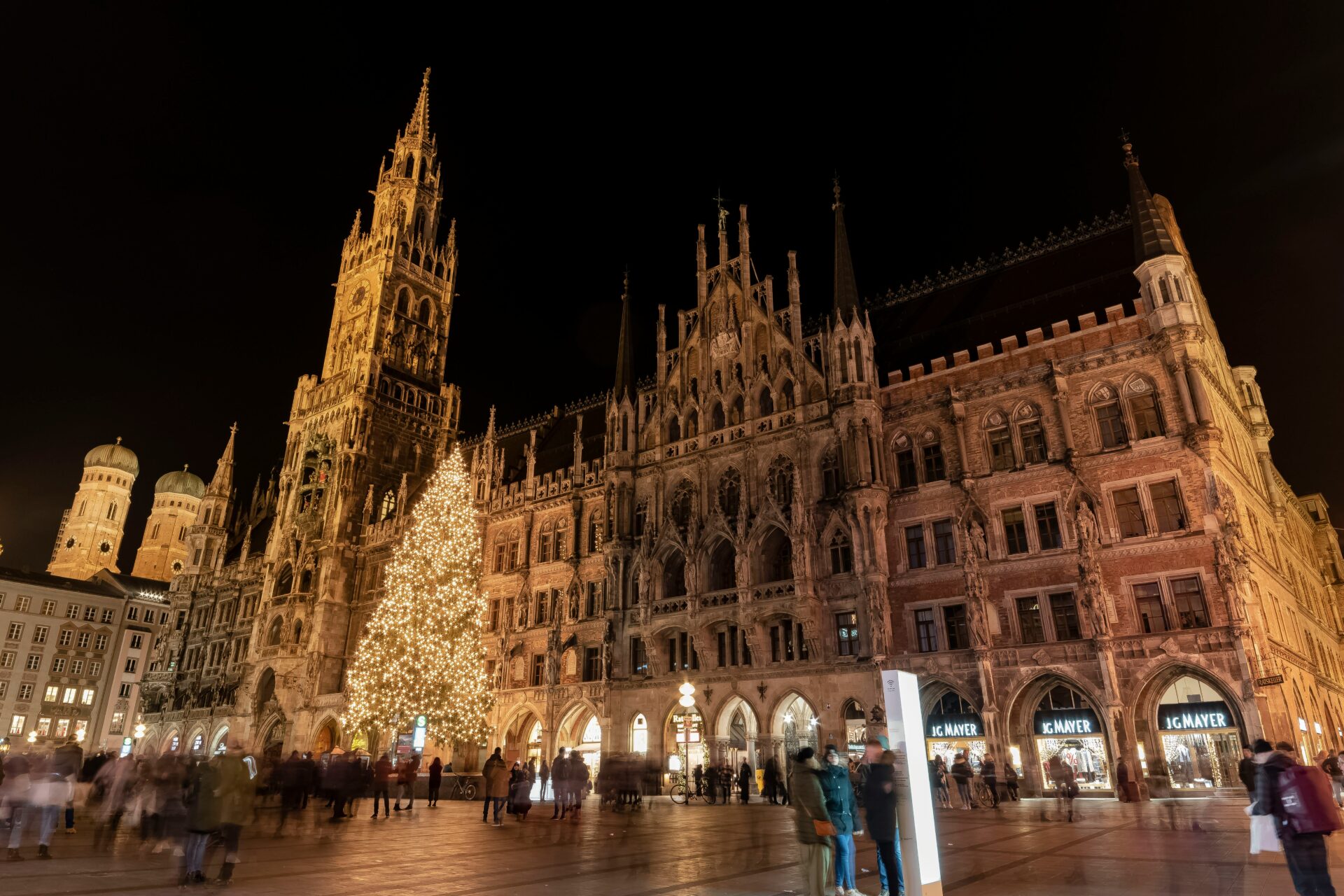
Traditional Winter Food and Warming Drinks
Every Christmas market is a feast for food lovers.
I start with crispy Schweinshaxe (pork knuckle) or bratwurst hot off the grill.
Pretzels are everywhere, warm and perfectly salted.
I always grab a mug of Glühwein, the classic hot mulled wine, or Kinderpunsch if I want something non-alcoholic.
Roasted chestnuts, spiced nuts, and Lebkuchen (gingerbread) are easy snacks for wandering.
Some towns serve up regional favorites like Käsespätzle (cheesy noodles) or potato pancakes.
Most food stalls only take cash, so I always bring euros for easy snacking and shopping.
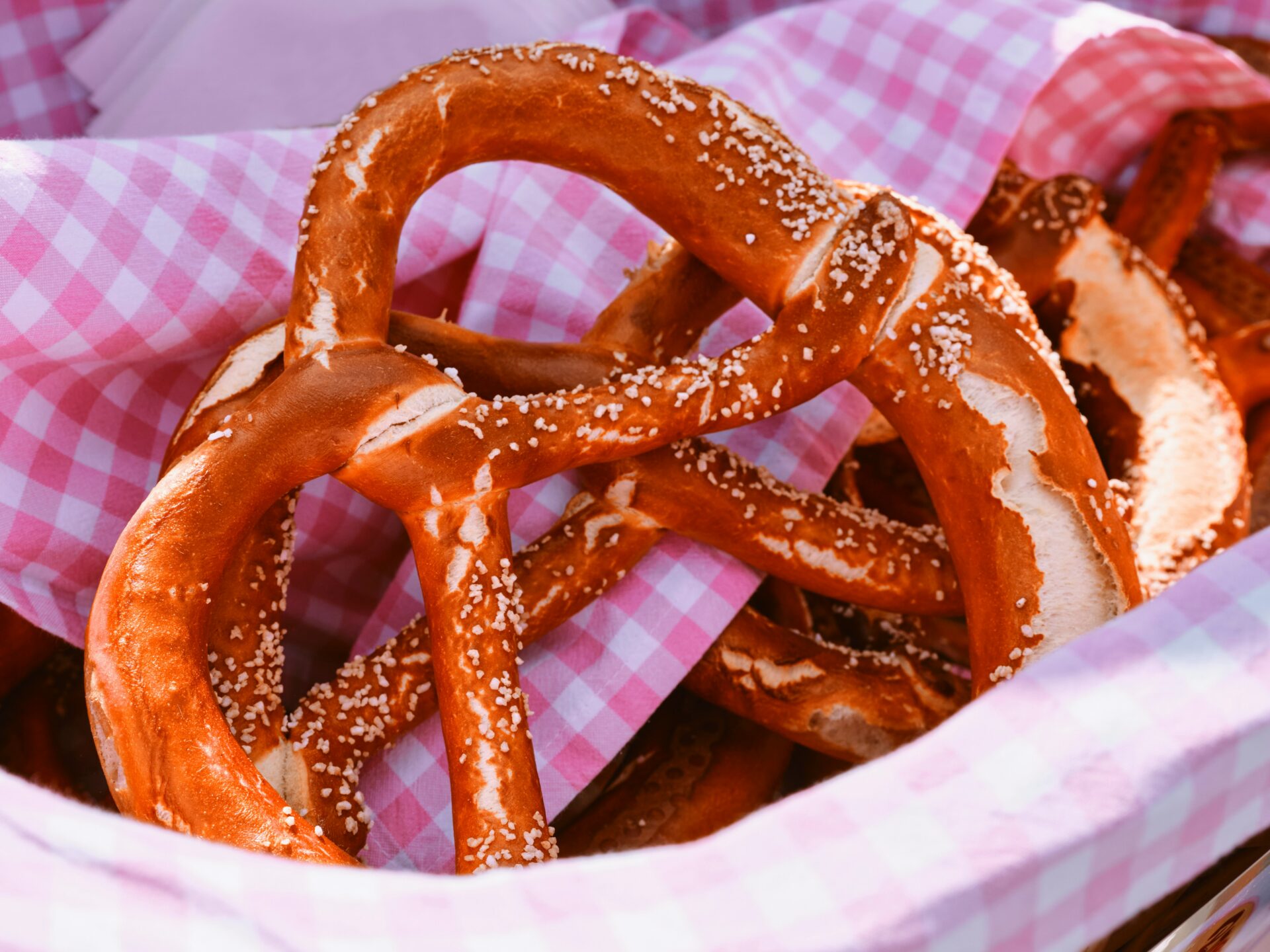
Spring Awakens: Hiking, Festivals, and Nature in Bloom
As winter fades, Bavaria bursts into color—blossoms, festivals, and perfect weather for getting outside.
I find spring in Bavaria is ideal for connecting with local culture and the countryside, whether I’m on a trail or joining a village event.
Top Hiking Trails and Scenic Walks
Once spring arrives, hiking in Bavaria quickly becomes a favorite.
Altmühltal Nature Park stands out for me.
A stretch from Treuchtlingen to Pappenheim is especially stunning, with castle views, wildflowers, and charming Franconian villages.
Wide meadows and gentle hills make it peaceful and rarely crowded.
The Bavarian Alps offer great options too.
I love a walk around Lake Tegernsee for lakeside scenery and mountain views, or the easy trails in Berchtesgaden National Park, where crystal-clear waters and waterfalls make every step rewarding.
Many trails are accessible by public transport, so planning is pretty stress-free.
Springtime also means affordable places to stay, since summer crowds haven’t shown up yet.
It’s easy to spot friendly faces and stumble upon surprises, like a roadside bakery or a village café serving fresh Apfelstrudel.

Must-See Spring Festivals and Local Events
From March to May, Bavarian towns and villages come alive with festivals.
One event I always love is the Ludwigsburg Pumpkin Festival, famous for huge displays and creative pumpkin sculptures—kids and adults are equally amazed.
Many communities also hold flower and beer festivals.
In Munich, Frühlingfest (the “Spring Oktoberfest”) brings locals together for rides, beer tents, and live music.
Smaller towns celebrate Maibaum (Maypole) with music, Bavarian costumes, and dance.
For travelers, local festivals are a great way to experience real Bavarian hospitality.
Most events have no entry fee, and public transport makes getting around easy.
I recommend booking accommodation early, though, since spring events can fill up small hotels and guesthouses quickly.
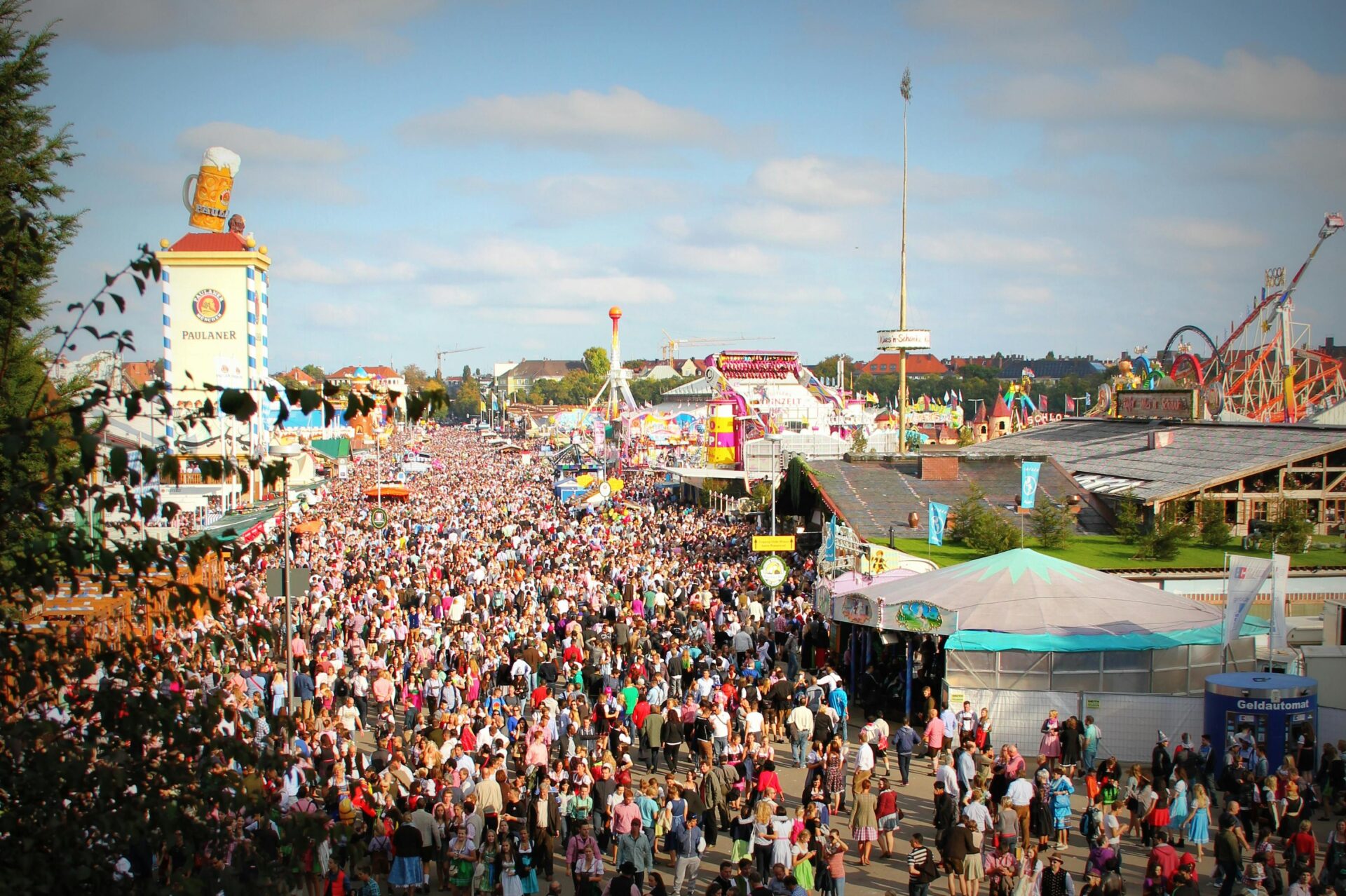
Summer Escapes: Bavaria’s Sparkling Lakes and Outdoor Fun
Bavaria in summer means bright lakes, endless mountain views, and communities coming alive outdoors.
I love how easy it is to find both relaxation and adventure, often just a short ride away by train or bus.
Most Beautiful Lakes and Water Activities
Lake Chiemsee is often called the “Bavarian Sea” for its size and clear waters.
I find it perfect for swimming, paddleboarding, and taking a ferry out to Herrenchiemsee Palace.
The relaxed crowd and easy access from Munich make it popular, especially in July and August.
Lake Königssee stands out for its emerald water, framed by steep cliffs and forests.
Electric boat rides across Königssee offer stunning views, and quiet swimming spots always feel special.
For families, the nearby village has comfortable accommodations and lakeside restaurants.
Lake Kochelsee and Lake Starnberg are my picks if you want something more peaceful.
Kochelsee’s reed belt is a protected area where you can swim and watch birds.
Starnberg has good public transport connections and classic Bavarian beer gardens nearby.
Many lakes feature small beaches, sunbathing lawns, and water sports rentals.
Most have clear signs for parking and easy walking trails along the shore.
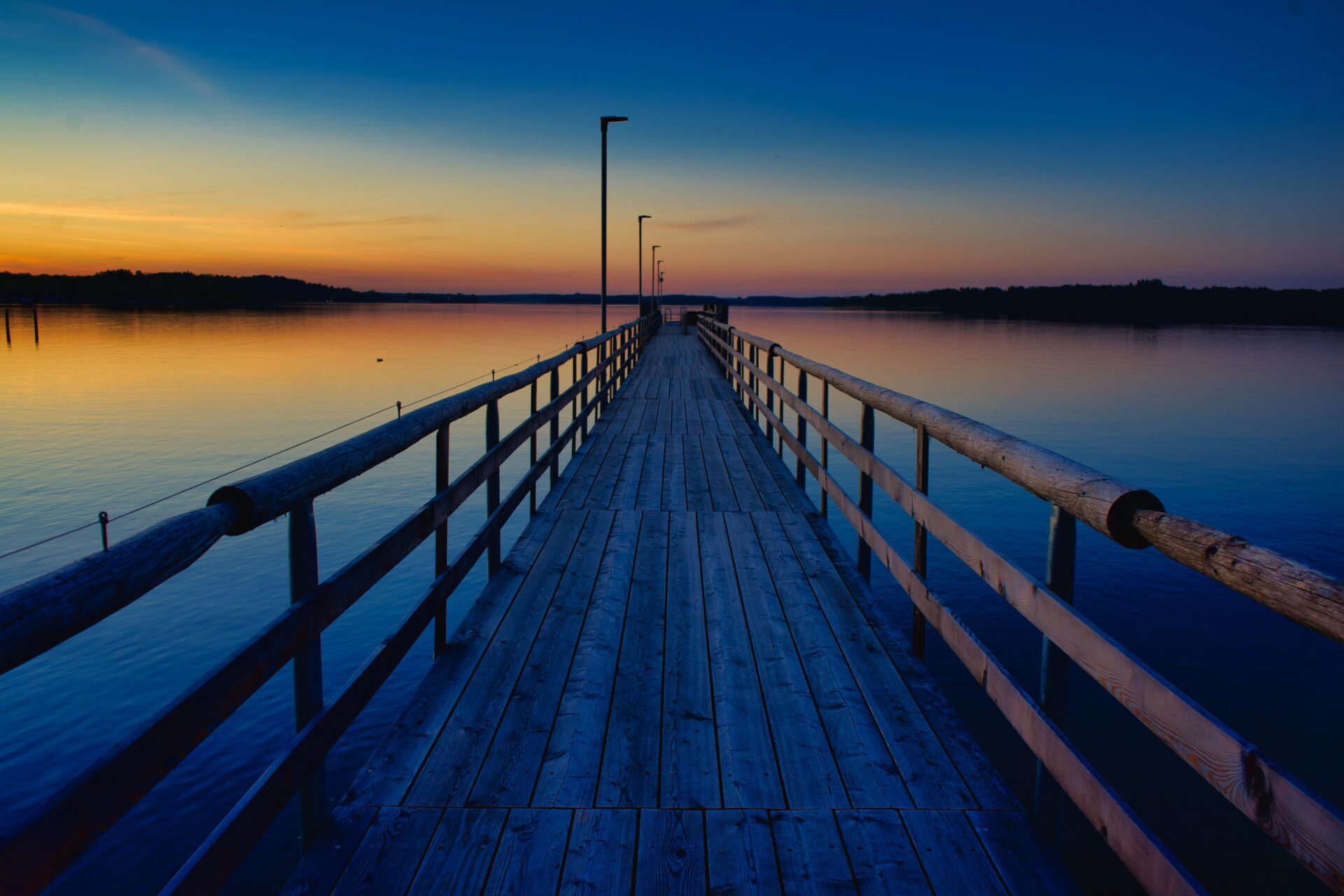
Summer Adventures: Cycling, Boating, and Picnics
Cycling paths in Bavaria are easy to spot, and they link up a bunch of lakes. I’d suggest grabbing a bike rental in Garmisch-Partenkirchen or Prien am Chiemsee.
You’ll find smooth trails right along the water. If you want a bit more adventure, you can head off on routes into the alpine villages. The Bavarian community always greets you with a smile, which makes the ride even better.
Boating’s a breeze at Chiemsee and Starnberg. You can rent rowboats, paddleboats, or electric boats by the hour.
Locals love to share their favorite spots, and I’ve chatted with other travelers while drifting near tiny islands or fishing spots. If you want to mix things up, give stand-up paddling at Ammersee a try—especially at sunset. It’s pretty unforgettable.
Bring a picnic and join families and friends on the grassy lakesides. Public transport drops you off right at the most popular swim and picnic areas, and the schedules and maps are usually clear and in English.
I’ve stayed in local guesthouses and lakeside hotels. You’ll get better prices if you book early in the season.
Don’t forget a towel, sunscreen, and your swimwear. Sunny days tend to stretch out well into the evening, so you’ll want to be ready.

